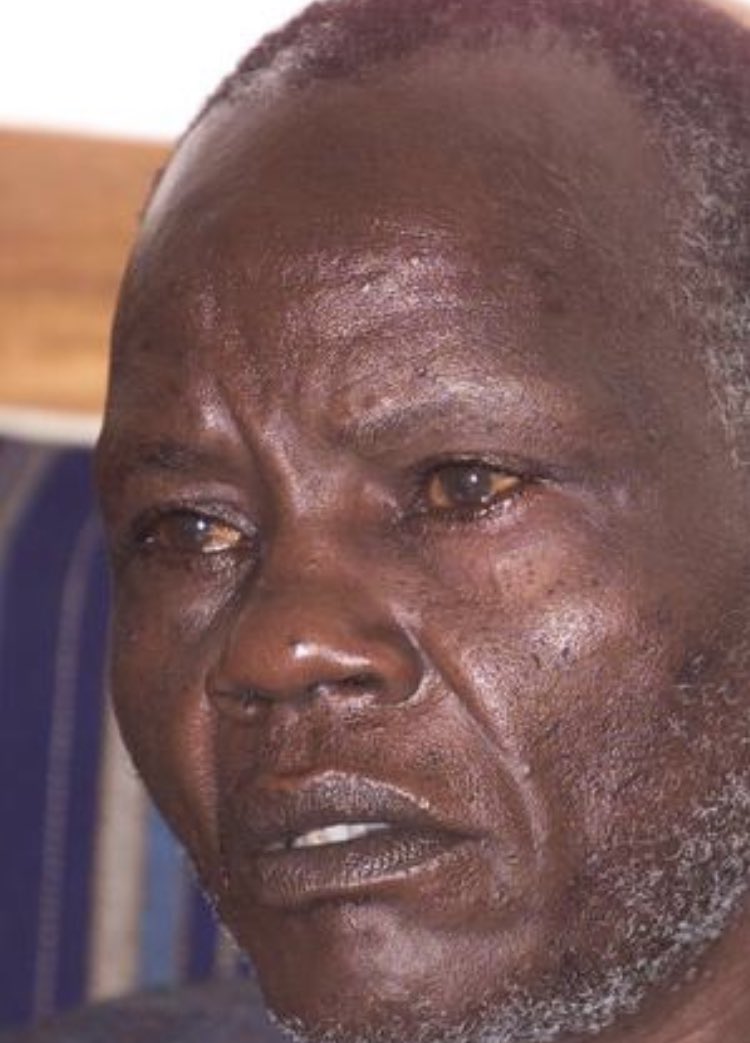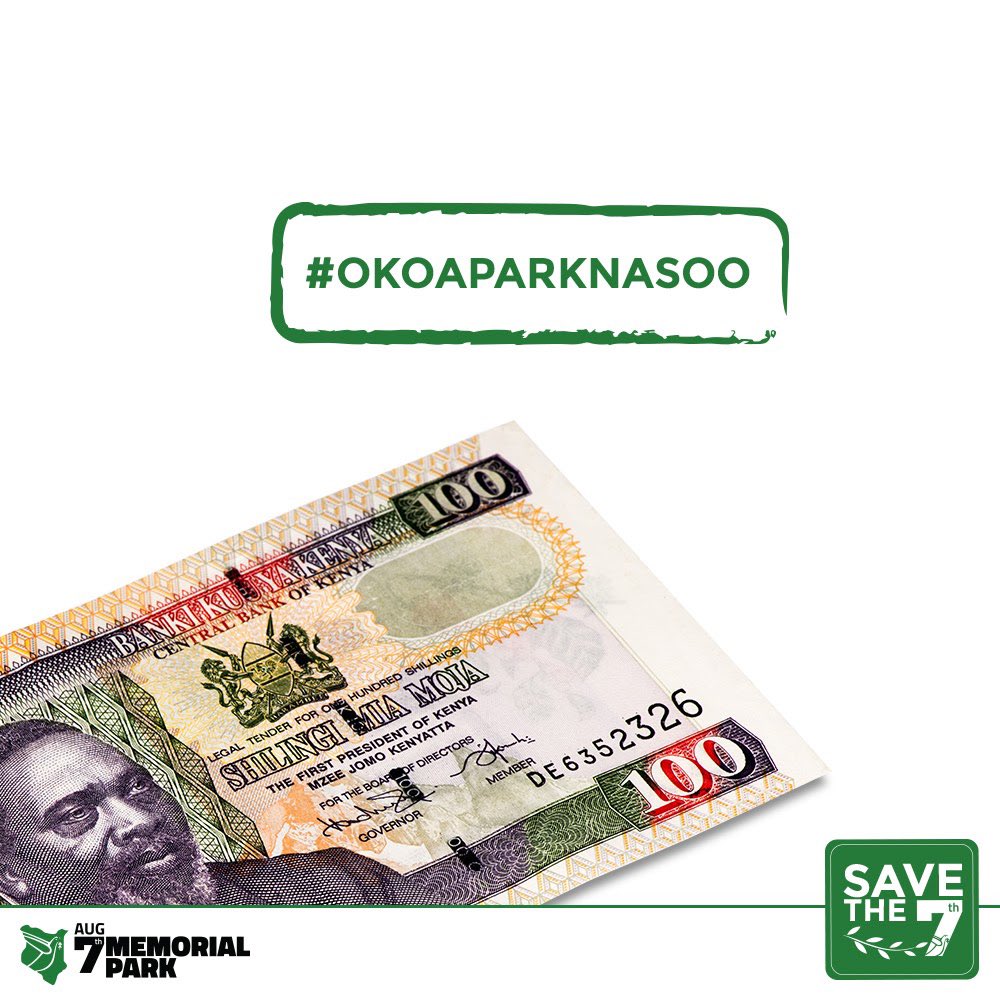
#HistoryKeThread: Gama Pinto’s Murder Suspects
———-
Following the killing of Pio Gama Pinto in 1965, the country was shocked when the police presented young murder suspects to court.
———-
Following the killing of Pio Gama Pinto in 1965, the country was shocked when the police presented young murder suspects to court.
They were two teenagers, Kisilu Mutua (pictured in 2001) and Chege Thuo, at the time officially claimed to be aged 18 and 19 years respectively. 

Those who followed Kisilu’s murder trial believe that he was the fall guy, and that the real killer was someone else more powerful.
It was also claimed that Chege Thuo must have been an undercover agent of the Special Branch, post-independent Kenya’s intelligence service.
It was also claimed that Chege Thuo must have been an undercover agent of the Special Branch, post-independent Kenya’s intelligence service.
It is just as well as there is scant information on his incarceration and fate. Anyone with info on what befell Chege Thuo?
What seems incredible is that in the 1960s it was deemed “normal” for teenagers to undertake high risk hitmen jobs against high profile politicians.
What seems incredible is that in the 1960s it was deemed “normal” for teenagers to undertake high risk hitmen jobs against high profile politicians.
Kisilu was arrested late in the night at New Rwathia bar in downtown Nairobi on 24th February 1965.
Hmmm….so here was an 18-year old individual drinking late in the night, after taking part in a murder. Young party animal that one must have been.
Hmmm….so here was an 18-year old individual drinking late in the night, after taking part in a murder. Young party animal that one must have been.
Not so young, maybe, since he argued in court that he was a 22-year old handcart pusher.
There is little doubt that Kisilu took part in the murder. By his own admission, he had been approached twice by an individual to “scare a certain Asian”.
The said individual’s identity was unknown, but the court heard that he was simply known as “Sammy”.
The said individual’s identity was unknown, but the court heard that he was simply known as “Sammy”.
According to court arguments, Kisilu didn’t know that he was being ensnared into an act that targeted a prominent member of the Kenyan Asian community, and one that would turn out fatal.
But Kisilu also claimed in court that he was tortured at Eastleigh Police Station and his testicles squeezed (ouch!). He further claimed that he was later detained at Pangani Police Station where police officers forced him to sign a confession.
During sentencing, Justice Ainley berated police for their failure to arrest the mysterious “Sammy”. He declined to admit the torture claims as part of court proceedings and went ahead to sentence Kisilu to death for Pio Gama Pinto’s murder. 

Kisilu later appealed. It is not clear to us whether his sentence was commuted to life imprisonment.
Anyway, in 2001, 35 years after his incarceration, and following lobbying by the family as well as by Kamba leaders, Kisilu was pardoned by late President Moi.
Anyway, in 2001, 35 years after his incarceration, and following lobbying by the family as well as by Kamba leaders, Kisilu was pardoned by late President Moi.
The High Court last year awarded Kisilu KES 2.5M as compensation for the torture he underwent.
Curious: Do handcart pushers in the present time imbibe the amber nectar in downtown Nairobi after a hard day’s work? Life must have been easy in the 1960s.
• • •
Missing some Tweet in this thread? You can try to
force a refresh












